Dinosaurs
This section is dedicated to those magnificent, wondrous creatures that lived on this Earth hundreds of millions of years ago. They left clues for us to unearth as to their existence, lifestyle, and thousands of other mysteries surrounding their existence, and ultimately, their extinction.
-
Mysteries Of The World

Triceratops Dinosaur: A Majestic Cretaceous Beast
The herbivorous dinosaur well known for the three horns that adorn its skull, the Triceratops roamed our Earth 68 to…
Read More » -
Mysteries Of The World
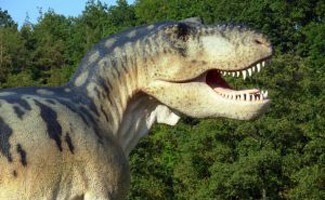
The Ultimate Guide to Jurassic Period Dinosaurs
During Mesozoic era there are three specific periods of time in which dinosaurs ruled the Earth, the Triassic, the Jurassic…
Read More » -
Mysteries Of The World
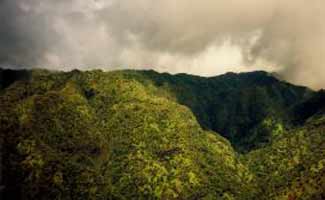
Jurassic Period Facts: Rise of the Dinosaurs
The Mesozoic era saw some incredibly amazing life forms that continue to puzzle paleontologists today. The Mesozoic era was divided…
Read More » -
Mysteries Of The World
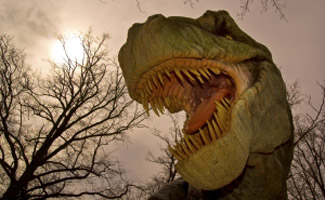
Tyrannosaurus Rex: The King of Dinosaurs
Known as the king of the dinosaurs and a vicious meat eating carnivore, the Tyrannosaurus Rex roamed the Earth 67…
Read More » -
Mysteries Of The World
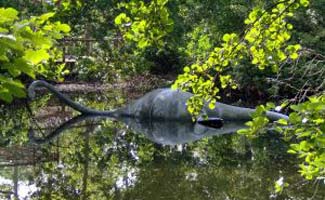
The Brontosaurus Goes “Extinct”
Over the past years the Brontosaurus has become no more. It is not the fact that the dinosaur disappeared, more…
Read More » -
Mysteries Of The World
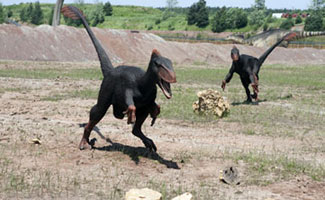
Velociraptor: The Dinosaur Known Simply As “The Raptor”
The Velociraptor, also known as simply the “Raptor” roamed the Earth around 75 to 71 million years ago. Contrary to…
Read More » -
Mysteries Of The World
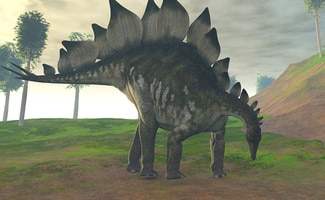
Stegosaurus Facts: Fossils Found on Four Continents
The Stegosaurus is perhaps one of the most widely recognized dinosaurs due to its armored plates that ran along its…
Read More » -
Mysteries Of The World

Ankylosaurus: Armored Dinosaur
It was in the late Cretaceous period some 99 – 65 million years ago that the Ankylosaurus roamed the Earth.…
Read More » -
Mysteries Of The World
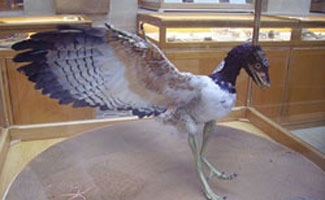
Archaeopteryx: The First Bird Ever Known
The Archaeopteryx is known by many as the first bird ever known and is also thought by some to be…
Read More » -
Mysteries Of The World
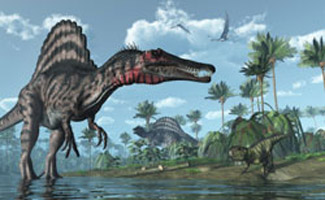
Spinosaurus Aegyptiacus: The “Should Be” King of Dinosaurs
The Spinosaurus is known by many as the “should be” king of dinosaurs with dinosaur enthusiasts all across the planet…
Read More » -
Mysteries Of The World

Cryolophosaurus: The Elvisaurus
Cryolophosaurus roamed the planet during the early Jurassic period and while it is certainly not a commonly known dinosaur it…
Read More » -
Mysteries Of The World
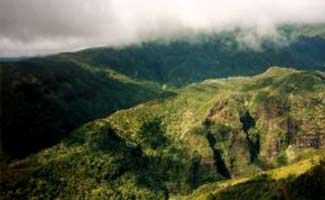
Jurassic Period Plants Were Responsible For Supporting Life
When it comes to the Jurassic period most often people are concerned with the giant dinosaurs that roamed the Earth.…
Read More »
